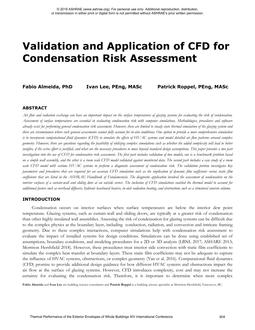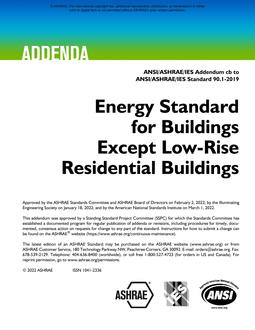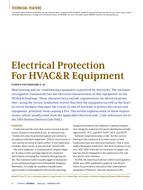This paper is based on findings resulting from ASHRAE Research Project RP-1335.
Building air distribution terminal system designers and system installers require accurate quantitative information on the performance of the installed system to achieve optimum efficiency and levels of human comfort. This research project, covered in three papers, establishes the diffuser baseline performance and then determines the field installation adjustment values. This paper documents the practical ideal air output performance of six types of ceiling diffusers, each with three different inlet sizes at three different inlet velocities, according to ASHRAE Standard 70-2006 (ASHRAE 2006). The second paper documents the field conditions difference in throw and pressure loss from ideal conditions of six types of ceiling diffusers, each with three different inlet sizes at three different inlet velocities. The third paper covers differences in sound generation from ideal conditions. This paper covers the design of an optimum flow diffuser inlet supply plenum and the acquisition of a baseline set of data covering the diffusers. Four test parameters, three for the flow equalization device and one for plenum air supply inlet configuration, were varied. To minimize airflow velocity variation across a wide spectrum of user conditions, testing was completed across two user selectable conditions: inlet diameter and volume flow rate. Variation achieved was a standard deviation of 2.6%. The plenum was then used to determine the experimental data, throw, sound power, and pressure differential across each diffuser for each test condition. These results were used as a baseline for comparison against results from typical field installation conditions.
Product Details
- Published:
- 2012
- Number of Pages:
- 14
- File Size:
- 1 file , 1.6 MB
- Product Code(s):
- D-CH-12-019
- Note:
- This product is unavailable in Russia, Belarus


